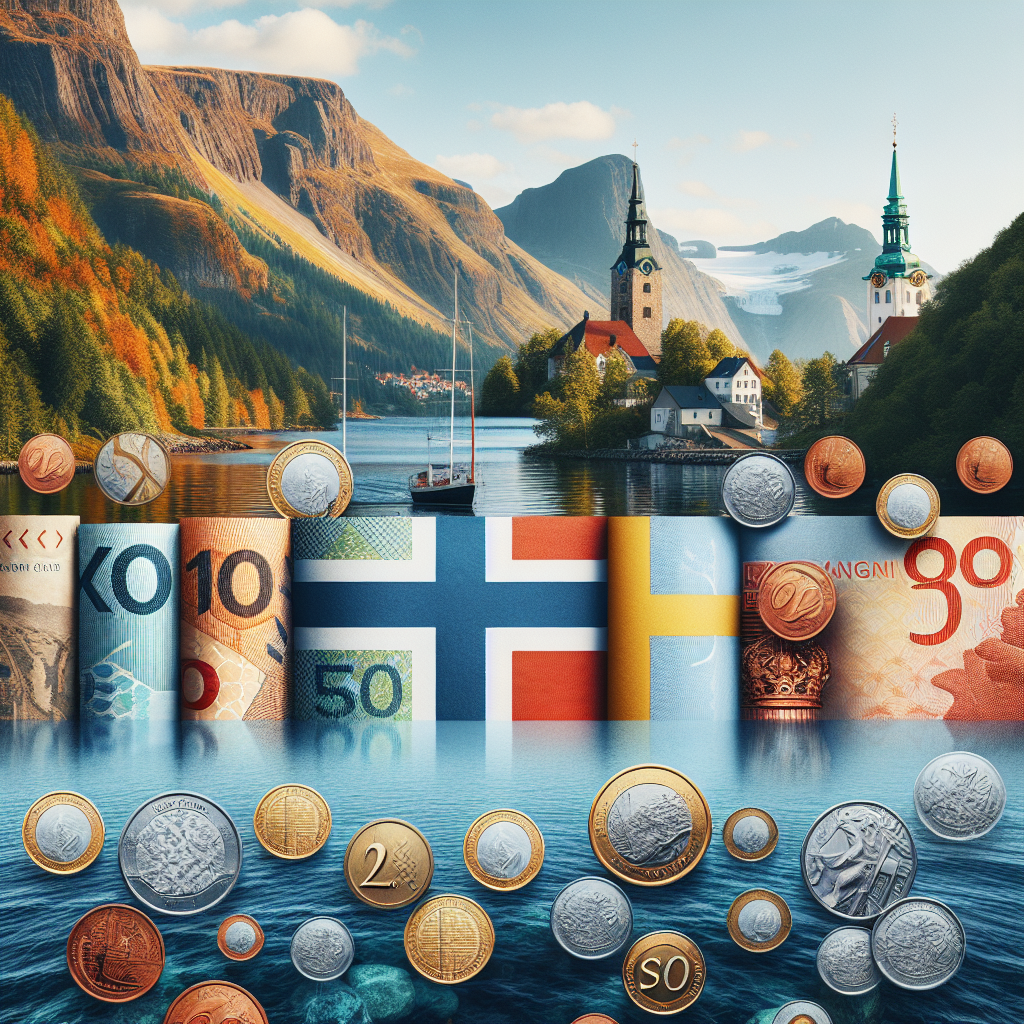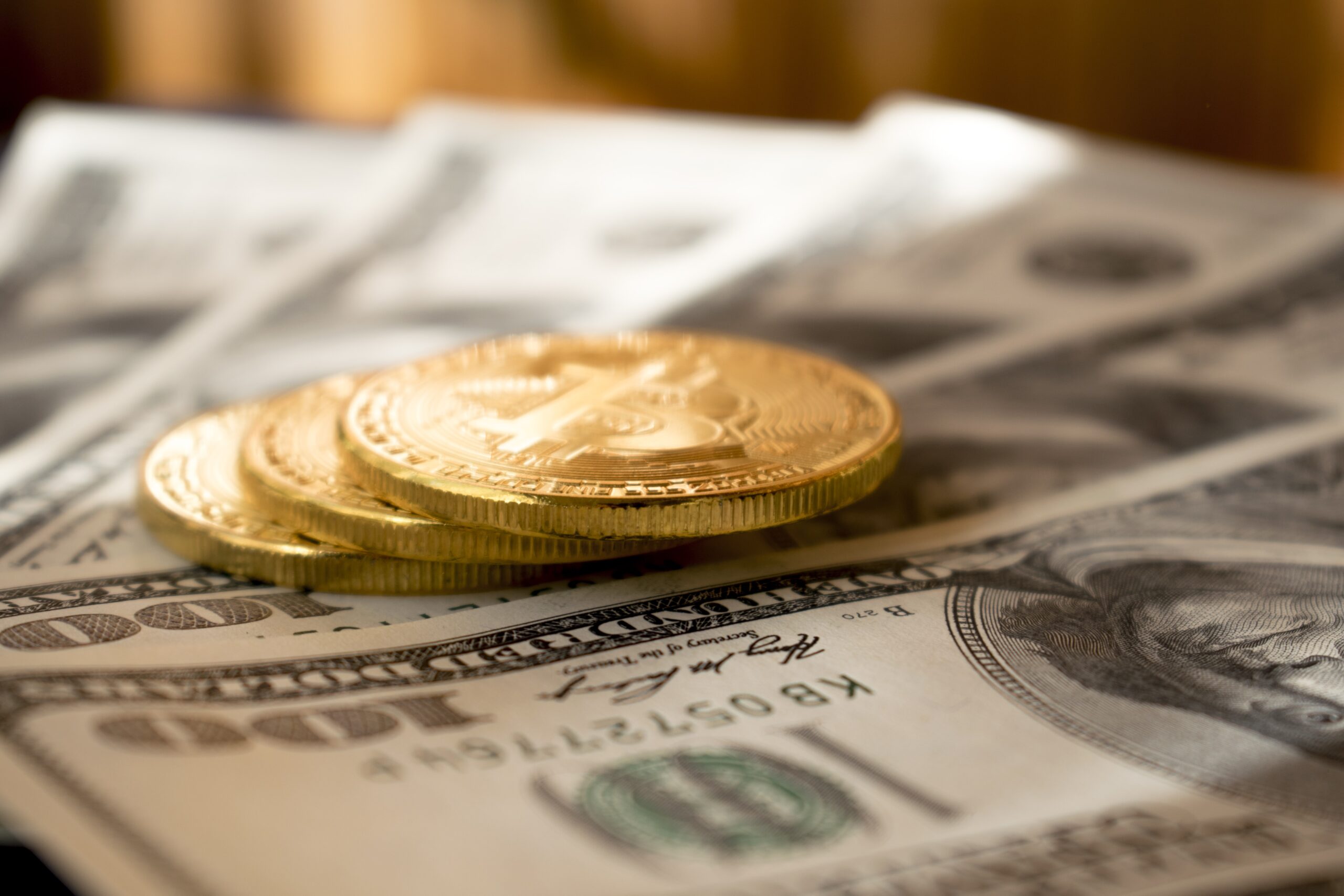
So you’ve got a cruise booked to explore the picturesque Scandinavian countries, but you’re unsure about the currency you’ll need and whether it’s worth exchanging your money beforehand. Well, fret not! In this article, we’ll unravel the mystery behind the currency used in Scandinavian countries, giving you the lowdown on whether or not you should bother exchanging your money before setting sail.
Currency in Scandinavian Countries
Scandinavian countries, including Norway, Sweden, and Denmark, each have their own currencies. These currencies are the Norwegian Krone (NOK), Swedish Krona (SEK), and Danish Krone (DKK), respectively. When planning your cruise to any of these countries, it’s important to understand the local currency and consider your options for exchanging money.
Factors to Consider
Before diving into the details of each currency and exchange options, let’s discuss the factors you should consider when deciding whether to exchange money before the cruise.
Acceptance of Foreign Currencies
In Scandinavian countries, particularly in popular tourist areas, major hotels, restaurants, and shops may accept foreign currencies such as the US Dollar or the Euro. However, relying solely on foreign currencies for your transactions may not always be convenient or cost-effective. It’s important to find out the level of acceptance of foreign currencies in the specific areas you’ll be visiting.
Currency Exchange Rates
Currency exchange rates fluctuate constantly and can significantly impact the value of your money. Before making any currency exchange decisions, it’s crucial to research the current rates and compare them across various options. This will help you determine whether it’s better to exchange your money before the cruise or wait until you arrive in Scandinavia.
Convenience and Accessibility
Consider how convenient and accessible currency exchange options are both before and during your cruise. Look into the availability of exchange bureaus, banks, or ATMs that offer fair rates and reasonable transaction fees. Accessibility may vary depending on your port of embarkation and the ports of call on your cruise itinerary.
Transaction Fees
Take into account any transaction fees associated with currency exchange. Some banks or exchange bureaus may charge high fees for exchanging money, which can significantly impact your travel budget. It’s essential to compare fees across different providers to ensure you’re getting the best deal.

Using Norwegian Krone (NOK)
If you’re planning to visit Norway during your Scandinavian cruise, you’ll need to familiarize yourself with the Norwegian Krone (NOK).
Overview of NOK
The Norwegian Krone is the official currency of Norway. It is commonly represented by the symbol “kr” and has several denominations, including coins (1, 5, 10, and 20 kr) and banknotes (50, 100, 200, 500, and 1000 kr). The currency is regulated by the Central Bank of Norway.
Currency Exchange Options
When it comes to exchanging your money into Norwegian Krone, you have several options. You can exchange currency at banks, exchange bureaus, or use ATMs. Additionally, some hotels may offer currency exchange services to their guests. Research the options available in your area and compare rates and fees to make an informed decision.
Local Currency Acceptance
While major tourist areas and hotels in Norway may accept major foreign currencies, it’s important to keep in mind that smaller establishments, local markets, and public transportation systems usually require payment in Norwegian Krone. Carrying some local currency will ensure you can make your purchases smoothly and without any hassles.
Using Swedish Krona (SEK)
If your cruise includes a stop in Sweden, you’ll need to become acquainted with the Swedish Krona (SEK).
Overview of SEK
The Swedish Krona is the official currency of Sweden. It is commonly represented by the symbol “kr” and is divided into coins (1, 5, and 10 kr) and banknotes (20, 50, 100, 200, 500, and 1000 kr). The Swedish central bank, called the Riksbank, regulates the currency.
Currency Exchange Options
To obtain Swedish Krona, you can exchange your money at banks, exchange bureaus, or ATMs. Many hotels and tourist areas also provide currency exchange services. Research the options available to you, compare rates, and consider any associated fees before making your decision.
Local Currency Acceptance
Similar to Norway, larger establishments and tourist areas in Sweden may accept major foreign currencies. However, if you plan to venture off the beaten path or explore local markets, having Swedish Krona on hand will be essential. It’s always a good idea to carry some local currency for convenience and ease of transactions.

Using Danish Krone (DKK)
If your cruise takes you to Denmark, you’ll need to familiarize yourself with the Danish Krone (DKK).
Overview of DKK
The Danish Krone is the currency of Denmark, Greenland, and the Faroe Islands. It is represented by the symbol “kr” and is available in coins (1, 2, 5, 10, and 20 kr) and banknotes (50, 100, 200, 500, and 1000 kr). The Danish central bank, known as Danmarks Nationalbank, regulates the currency.
Currency Exchange Options
To obtain Danish Krone, you can exchange your money at banks, exchange bureaus, or ATMs. Hotels and tourist areas may also offer currency exchange services. As always, compare rates and fees to ensure you’re getting the best value for your money.
Local Currency Acceptance
While some businesses in Denmark may accept major foreign currencies, it’s advisable to carry Danish Krone for everyday transactions. Local markets, small establishments, and public transportation systems generally require payment in the local currency. Having some cash on hand will make your experiences in Denmark more convenient and enjoyable.
Benefits of Exchanging Money Before the Cruise
While you have the option to exchange money during your cruise, there are several advantages to exchanging money before you set sail.
Better Exchange Rates
Exchanging money before your cruise allows you to take advantage of potentially better exchange rates. While rates can vary daily, it’s a good idea to monitor the rates and make your exchange when the rates are most favorable. By exchanging in advance, you may get more local currency for your money.
Convenience
Exchanging money before your cruise eliminates the need to search for currency exchange options in unfamiliar ports. You’ll have peace of mind knowing that you have local currency readily available for your immediate needs upon arrival.
Avoiding Potential Scams or Fraud
Exchanging money at unfamiliar destinations comes with inherent risks. By obtaining the local currency in advance, you reduce the chances of falling victim to scams or fraudulent exchange practices. You can research reputable exchange providers and choose those with favorable reviews and transparent practices.
Peace of Mind
Having the local currency in hand before your cruise provides peace of mind. You can relax and enjoy your vacation without worrying about finding ATMs, dealing with fluctuating exchange rates, or carrying large sums of cash.

Disadvantages of Exchanging Money Before the Cruise
While there are numerous benefits to exchanging money before your cruise, it’s essential to consider the potential disadvantages as well.
Limited Flexibility
When you exchange money before your cruise, you are committing to a specific amount of local currency. This means you may have limited flexibility if your travel plans change or if you have unexpected expenses. Consider your itinerary and financial needs carefully before making your decision.
Unused Currency
Another potential disadvantage is ending up with unused currency. If you overestimate the amount of money you’ll need or circumstances change during your trip, you may find yourself with leftover cash. Consider exchanging only the amount you’ll reasonably need to avoid unnecessary expenses.
Risk of Carrying Large Amounts of Cash
Exchanging money before your cruise means you’ll likely be carrying large sums of cash until you can safely store it or deposit it into a bank. Carrying significant amounts of cash can be a security risk, so it’s essential to take necessary precautions and be mindful of your surroundings.
Alternative Payment Methods
If you’re unsure about carrying cash or exchanging money, there are alternative payment methods you can consider when traveling in Scandinavian countries.
Credit and Debit Cards
Credit and debit cards are widely accepted in Scandinavian countries, making them a convenient option for payment. Contact your bank or card issuer to inform them about your travel plans to avoid any unexpected issues. Keep in mind that some establishments may have minimum purchase requirements for card payments.
Prepaid Travel Cards
Prepaid travel cards, also known as multi-currency cards, allow you to load money onto the card in your preferred currency. These cards can be used like a debit or credit card and are accepted at most establishments. Prepaid cards offer convenience and security, as you can easily track your expenses and have the ability to lock or cancel the card if it gets lost or stolen.
Mobile Payment Apps
Mobile payment apps, such as Apple Pay or Google Pay, are becoming increasingly popular in Scandinavia. These apps allow you to link your credit or debit card and make payments using your smartphone. However, it’s important to check if your mobile payment app is supported in the countries you’ll be visiting.

Best Approach: Combination of Options
To make the most of your currency exchange and payment options, it’s best to use a combination of methods.
Carrying Local Currency
Having a small amount of local currency on hand for immediate expenses, such as transportation, small purchases, or tips, is always a good idea. This ensures that you’re prepared for situations where card payments may not be accepted or feasible.
Using Card Payments
Credit and debit cards are widely accepted in Scandinavian countries, making them a convenient and secure payment option. Use your cards for larger purchases, hotel expenses, or when you’re comfortable relying on electronic transactions. Be aware of any foreign transaction fees or currency conversion fees associated with your cards.
Using Mobile Payment Apps
If you have a compatible mobile payment app, it can provide another convenient and secure way to make payments. Check if the app is supported in the countries you’ll be visiting and ensure your account is adequately funded.
Tips for Currency Exchange
To ensure a smooth and cost-effective currency exchange experience, here are some helpful tips:
Research Exchange Rates
Stay updated on currency exchange rates and monitor fluctuations. This will help you determine the best time to exchange your money and maximize your funds.
Compare Exchange Options
Don’t settle for the first exchange option you come across. Research and compare rates, fees, and any additional services offered to get the best deal.
Consider Timing
Exchange rates can fluctuate throughout the day and week. Take timing into account when planning your currency exchange to potentially get more favorable rates.
Beware of Hidden Fees
When exchanging currency, be aware of any hidden fees that may be charged by banks or exchange bureaus. Read the fine print and ask about any additional charges before making your exchange.
Keep Track of Expenses
While it’s easy to get caught up in the excitement of your cruise, keeping track of your expenses is important. Record your purchases and withdrawals to stay within your budget and avoid any surprises when you return home.
By understanding the currencies used in Scandinavian countries and carefully considering your currency exchange options, you can make informed decisions that will enhance your cruise experience. Whether you choose to exchange money before your trip, rely on card payments, or use a combination of methods, being prepared and informed will ensure a smooth and enjoyable journey.




